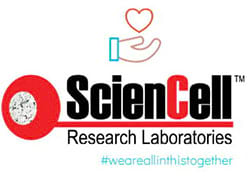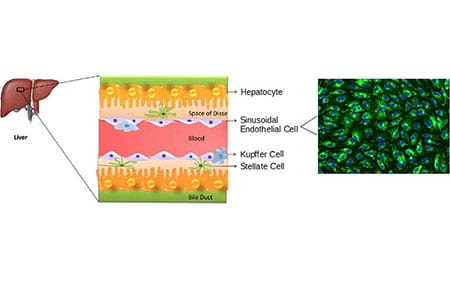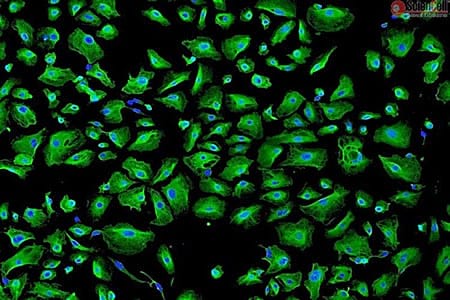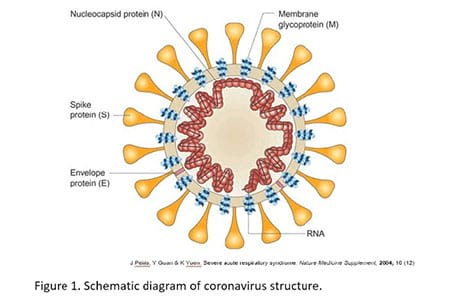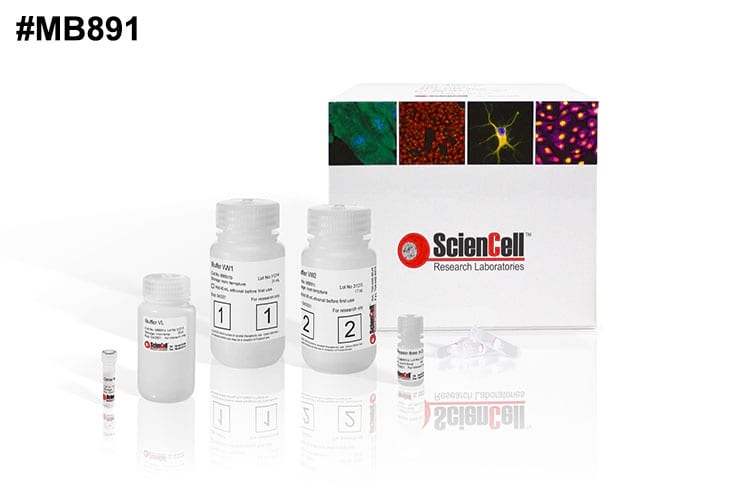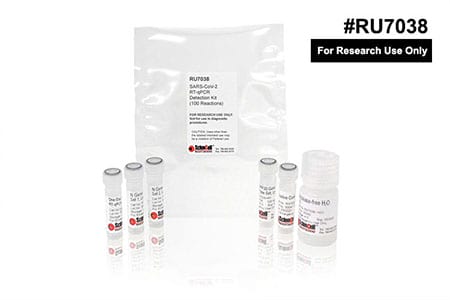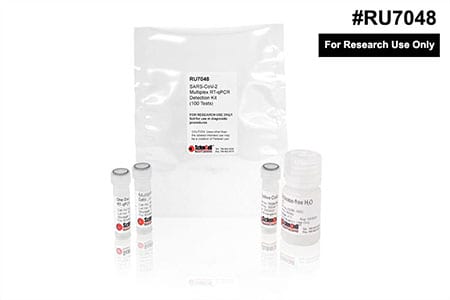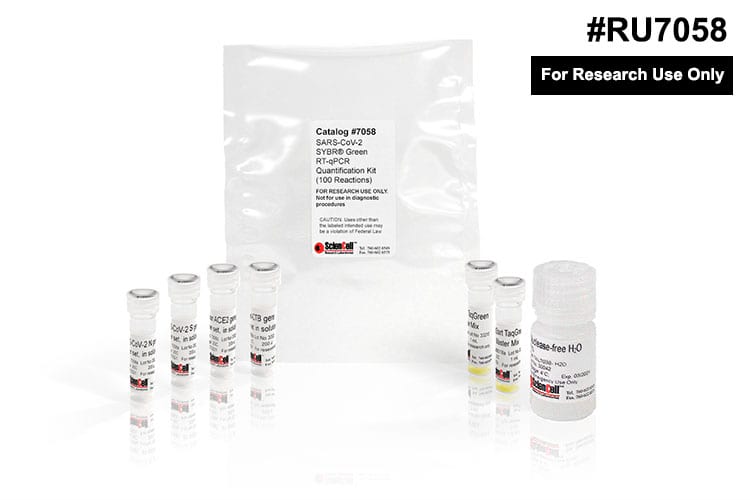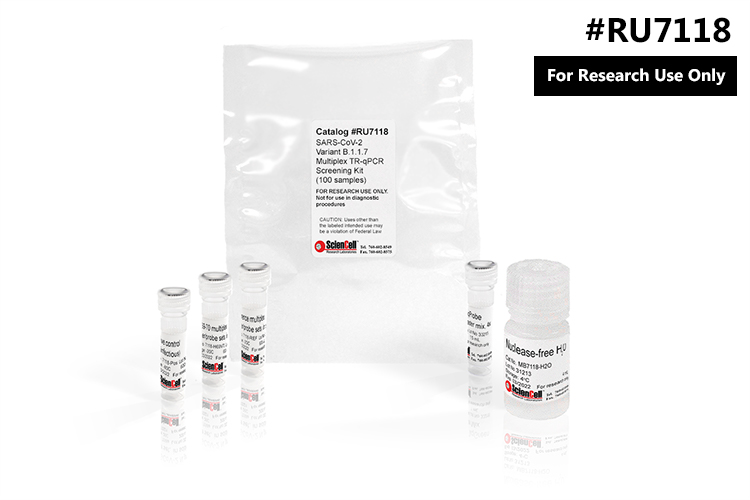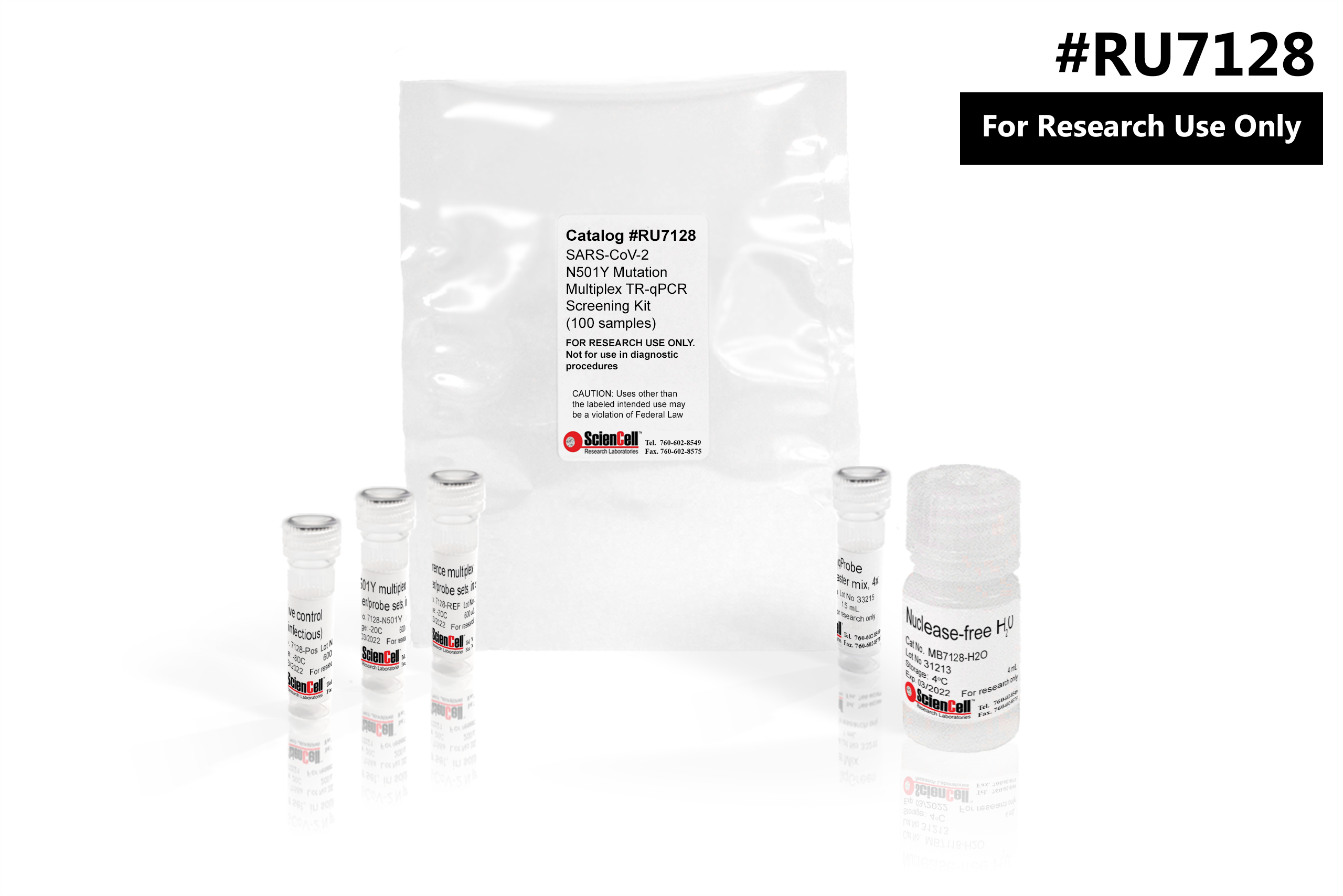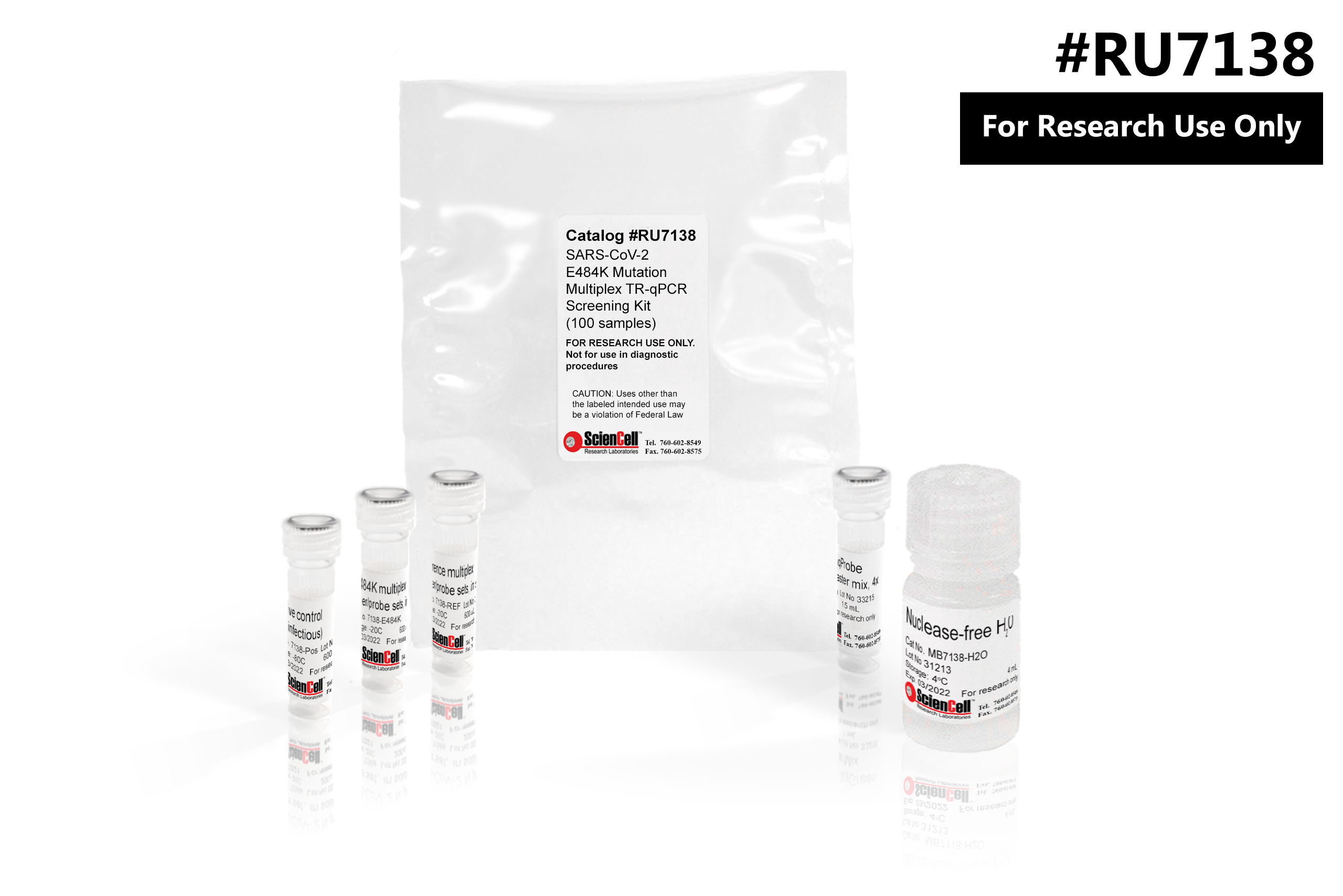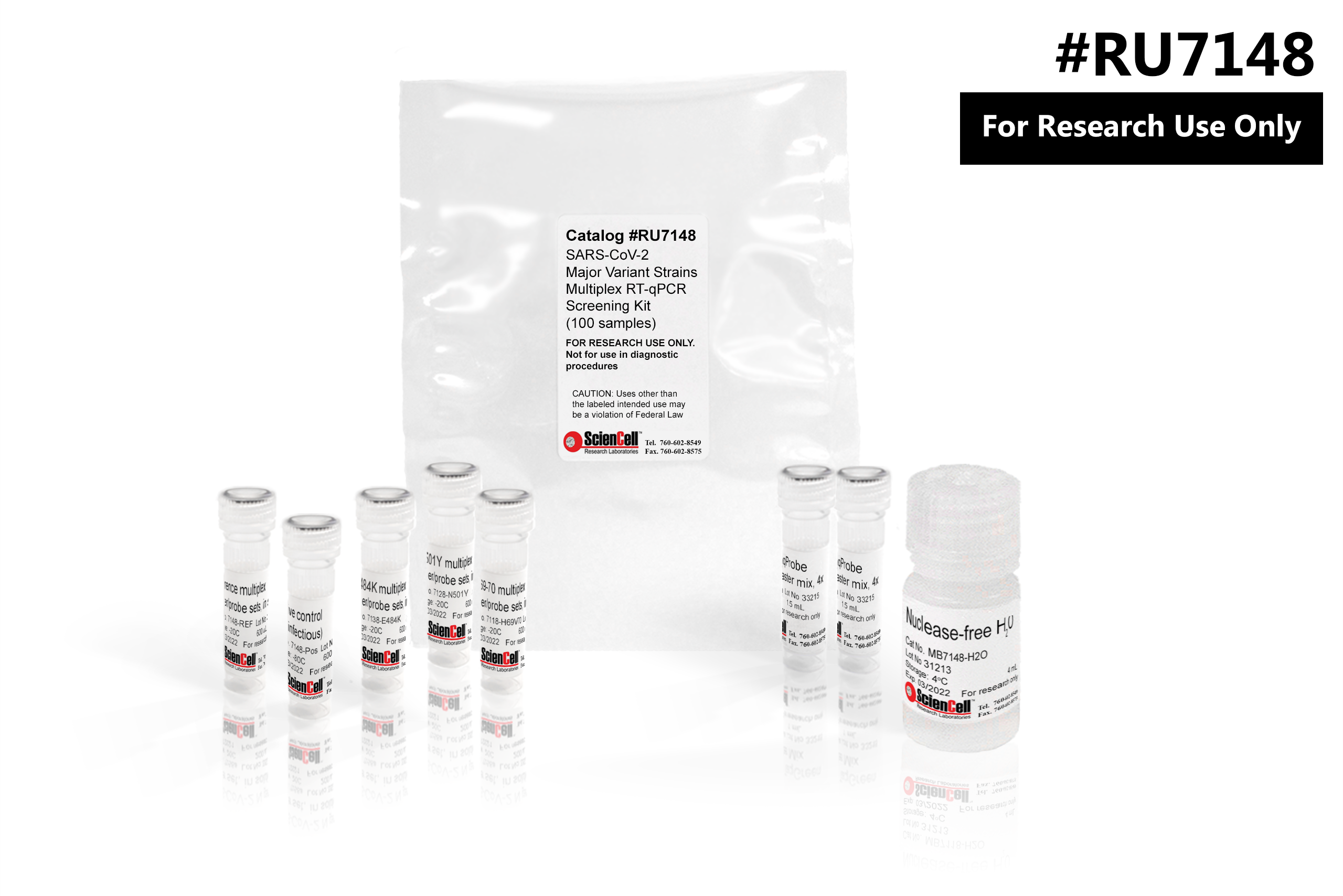

Blog Posts Related to SARS-CoV-2
The Many Faces of Hepatic Sinusoidal Endothelial Cells by Jennifer Welser, PhD
Hepatic sinusoidal endothelial cells (HSEC) are fascinating cells that are uniquely adapted to their location in the liver. HSEC are found lining microvessels in the liver and are extremely specialized endothelial cells. Structurally and functionally they have distinctive features which include: open pores known as fenestra which form sieve plates, a lack of an organized basement membrane, expression of scavenger receptors, and performing endocytic activity. Notably, HSEC are highly permeable and play a critical role in removing bloodborne waste. To perform the endocytic function, HSEC express a vast array of scavenger receptors as well as the mannose receptor, which allows them to collect molecules from the bloodstream and transport them to the hepatocytes.
What role do alveolar epithelial cells play in COVID-19 disease progression? by Aye Mon, PhD
SARS-CoV-2 is the seventh known coronavirus that causes the human disease known as COVID-19. The virus can grow in cells lining the conducting airways and in alveolar epithelial cells. First, the virus generally enters the body through the nose or mouth. From there, the virus travels down into the alveoli which are located in the lungs. Once in the alveoli, the virus “hijacks” cells to make new copies of the virus. The infected cell is then killed, releasing new viruses to infect neighboring cells in the alveolus. Each sac of air, or alveolus, is wrapped with capillaries where red blood cells release carbon dioxide (CO2) and pick up oxygen (O2). Two alveolar epithelial cells (type I and II) facilitate gas exchange. Type I cells are squamous alveolar cells with thin membranes that perform gas exchange. Type II cells are known as progenitor cells in the alveoli and proliferate and differentiate into type I cells. In addition, Type II cells secrete the pulmonary surfactant that lines the alveolus and prevent it from collapsing.
Airway Epithelial Cells: Coronaviruses’ gateway to infection by Jennifer Welser, PhD
Epithelial cells are the most numerous cells in the lungs and contribute to innate and adaptive immunity. Airway epithelial cells are located in the lower respiratory tract which includes the trachea, bronchi, small airways (bronchioles), and alveoli. Due to their location, airway epithelial cells are constantly exposed to microbes, particles, and pollutants and are essentially the first line of defense against invading pathogens. Airway epithelium acts as a physical barrier and either directly remove pathogens or interact with immune cells which initiate the clearance of pathogens. Epithelial cells also play an important role in reducing inflammation and maintaining homeostasis in the lungs. During an infection, epithelial cell dysfunction can contribute to the development of inflammation of the airways and lungs. Additionally, patients with chronic pulmonary disease are more susceptible to respiratory infections due to defects in epithelial barrier structure and function.
ScienCell Acts to Help Aid Research for Coronavirus SARS-CoV-2 by Daniel Li, PhD
As of April 10, 2020, the number of U.S. SARS-CoV-2 coronavirus cases surpassed 500,000 with a death toll near 19,000. For over a century, coronaviruses were thought to only cause mild illnesses such as the common cold. With the outbreak of the 2002-03 SARS (severe acute respiratory syndrome) that was caused by SARS-CoV coronavirus, this concept was rapidly overturned, and as a result coronavirus research has geared up for the fast lane.
Coronaviruses are a family of large, single-stranded RNA viruses with size ranging from 26 to 32 kb. Like other viruses, coronaviruses proliferate by invading cells, manipulating the cells into making many copies of the virus, and infecting more cells. As an RNA virus, the coronavirus lacks error-repairing mechanisms during replication, and therefore, has a relatively high mutation rate resulting in rapid evolution.
ScienCell's SARS-CoV-2 Products
Viral RNA Isolation Kit (catalog #MB891, 100 preps)
ScienCell’s Viral RNA Isolation Kit (catalog #MB891, 100 preps) provides a fast and reliable way to purify viral RNA from a variety of samples such as cell culture media, plasma, serum, saliva, bronchoalveolar lavage, nasal/nasopharyngeal/oropharyngeal swab specimens, and other body fluids. The vRNAEx combines an optimized buffer system with a convenient spin column-based purification which facilitates fast and efficient viral particle lysis and RNA isolation and purification.
ScienCell SARS-CoV-2 Coronavirus Real-time RT-PCR Detection Kit (catalog #RU7038, 100 specimens)
ScienCell's SARS-CoV-2 RT-qPCR Detection Kit (SCVPD) is designed to detect the presence of SARS-CoV-2 Coronavirus in respiratory specimens and serum samples following CDC guidelines. One-step TaqProbe RT-qPCR master mix is conveniently included in the kit.
ScienCell SARS-CoV-2 Multiplex RT-qPCR Detection Kit (catalog #RU7048, 100 specimens)
ScienCell's SARS-CoV-2 Multiplex RT-qPCR Detection Kit (SCVMPD) is designed to detect the presence of SARS-CoV-2 Coronavirus in respiratory specimens and serum samples using FAM/HEX multiplex primer/probe sets. One-step TaqProbe RT-qPCR master mix and all required controls are conveniently included in the kit.
SARS-CoV-2 Variant B.1.1.7 Multiplex RT-qPCR Screening Kit (catalog #RU7118, 100 samples)
ScienCell's SARS-CoV-2 Variant B.1.1.7 Multiplex RT-qPCR Screening Kit (SCVUK) is designed to detect the presence of SARS-CoV-2 virus in samples and screen for the possible presence of the B.1.1.7 lineage by detecting the spike-HV 69-70 deletion.
ScienCell's SARS-CoV-2 Letter
Dear Valued Customers,
Our thoughts are with you and your families as we all adjust to the challenges of the COVID-19 pandemic. During this crisis, we remain steadfast in supporting our community and our mission.
As an essential business, ScienCell remains operational in accordance with the recent public health orders, modifying our procedures to maximize safety and minimize infection risk. We will continue to prioritize the safety of our dedicated team members while still providing important tools to the research community, including to those that are trying to find solutions to the COVID-19 outbreak.
We are working closely with our shipping partners to ensure consistent high-quality delivery. Due to transportation limitations, delivery times may be slightly longer than normal. However, we are taking precautions to ensure that temperature sensitive items arrive properly, including using extra packaging and providing optional upgraded shipping services.
On behalf of all of us at ScienCell, we wish you and your families continued health and safety.
Sincerely,
ScienCell Research Laboratories, Inc.
